Rising Geriatric Population
The increasing geriatric population in South America is a notable driver for the anti vegf market. As individuals age, the risk of developing age-related macular degeneration and other retinal diseases escalates. Current estimates suggest that by 2030, the population aged 65 and older in South America will exceed 100 million. This demographic shift is likely to result in a higher incidence of retinal diseases, thereby increasing the demand for anti-VEGF therapies. The anti vegf market must adapt to this growing need by ensuring the availability of effective treatment options tailored to the elderly, thus fostering market expansion.
Government Initiatives for Eye Health
Government initiatives aimed at improving eye health in South America are expected to bolster the anti vegf market. Various health ministries are implementing programs to raise awareness about retinal diseases and promote early diagnosis and treatment. These initiatives often include funding for public health campaigns and subsidized access to medications, including anti-VEGF therapies. For instance, some countries have allocated budgets exceeding $10 million annually to combat vision impairment caused by retinal diseases. Such efforts not only enhance patient access to necessary treatments but also encourage healthcare providers to adopt anti-VEGF therapies as standard care, thus driving market growth.
Technological Advancements in Drug Delivery
Technological advancements in drug delivery systems are poised to transform the anti vegf market in South America. Innovations such as sustained-release formulations and targeted delivery mechanisms are enhancing the efficacy of anti-VEGF therapies. These advancements may lead to improved patient compliance and reduced treatment frequency, which is particularly beneficial in regions with limited healthcare access. The market for anti-VEGF treatments is projected to grow by approximately 15% annually, driven by these technological improvements. As healthcare providers increasingly adopt these advanced delivery systems, the anti vegf market is likely to experience significant growth, catering to the evolving needs of patients.
Increasing Prevalence of Diabetic Retinopathy
The rising prevalence of diabetic retinopathy in South America is a critical driver for the anti vegf market. As diabetes rates continue to escalate, the number of individuals affected by this sight-threatening condition is projected to increase significantly. Reports indicate that approximately 30% of diabetic patients may develop diabetic retinopathy, leading to a growing demand for effective treatment options. The anti vegf market is likely to benefit from this trend, as anti-VEGF therapies have shown efficacy in managing the progression of the disease. Furthermore, the increasing awareness of diabetic complications among healthcare providers and patients may further stimulate the demand for anti-VEGF treatments, thereby enhancing market growth in the region.
Rising Investment in Healthcare Infrastructure
Rising investment in healthcare infrastructure across South America is expected to positively impact the anti vegf market. Governments and private entities are increasingly allocating funds to enhance healthcare facilities, improve diagnostic capabilities, and expand access to advanced treatments. For instance, several countries have reported investments exceeding $5 billion in healthcare infrastructure over the past few years. This influx of capital is likely to facilitate the adoption of anti-VEGF therapies, as healthcare providers gain access to better resources and training. Consequently, the anti vegf market is anticipated to grow as healthcare systems become more equipped to manage retinal diseases effectively.


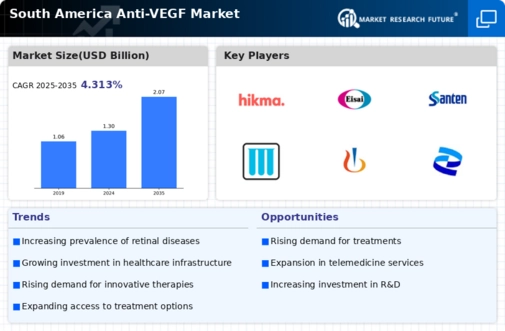
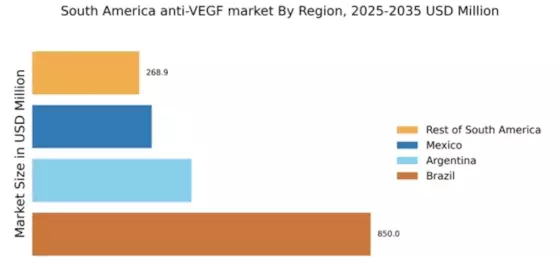
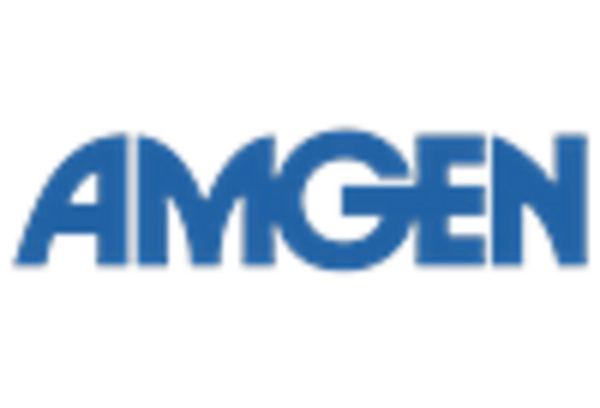



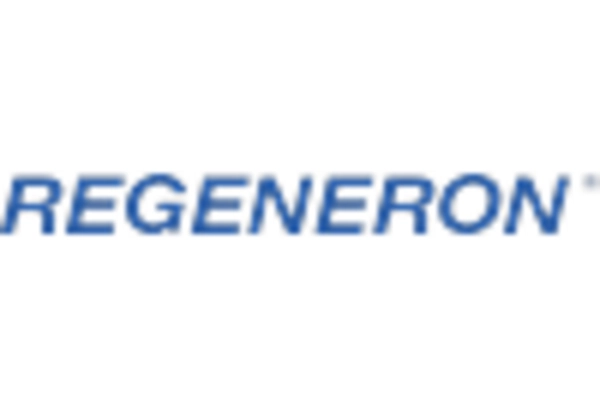
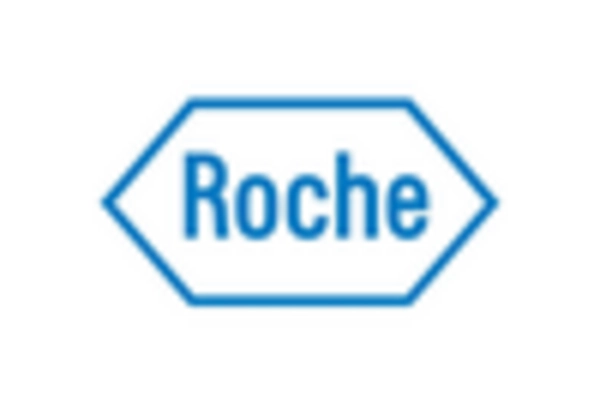








Leave a Comment